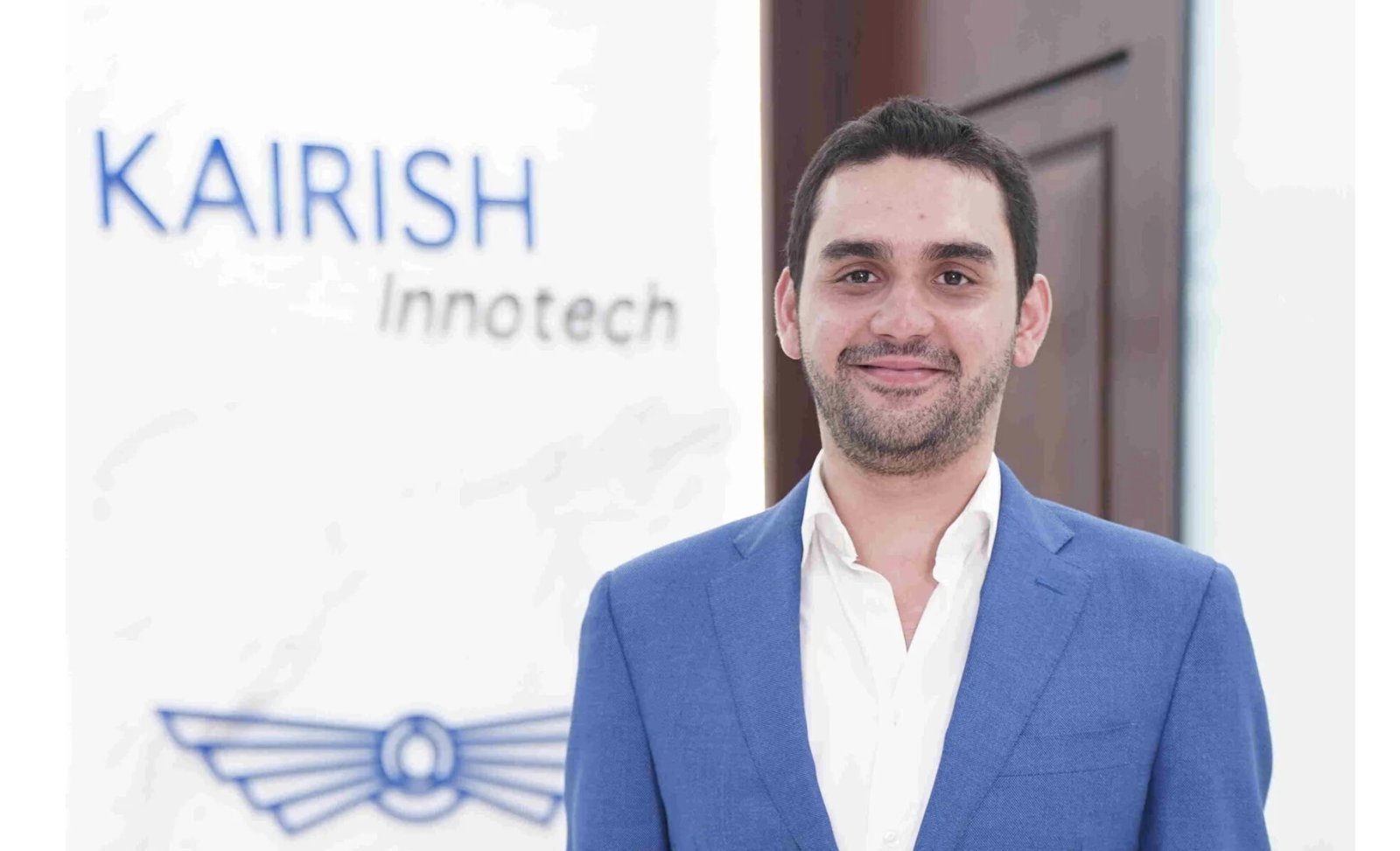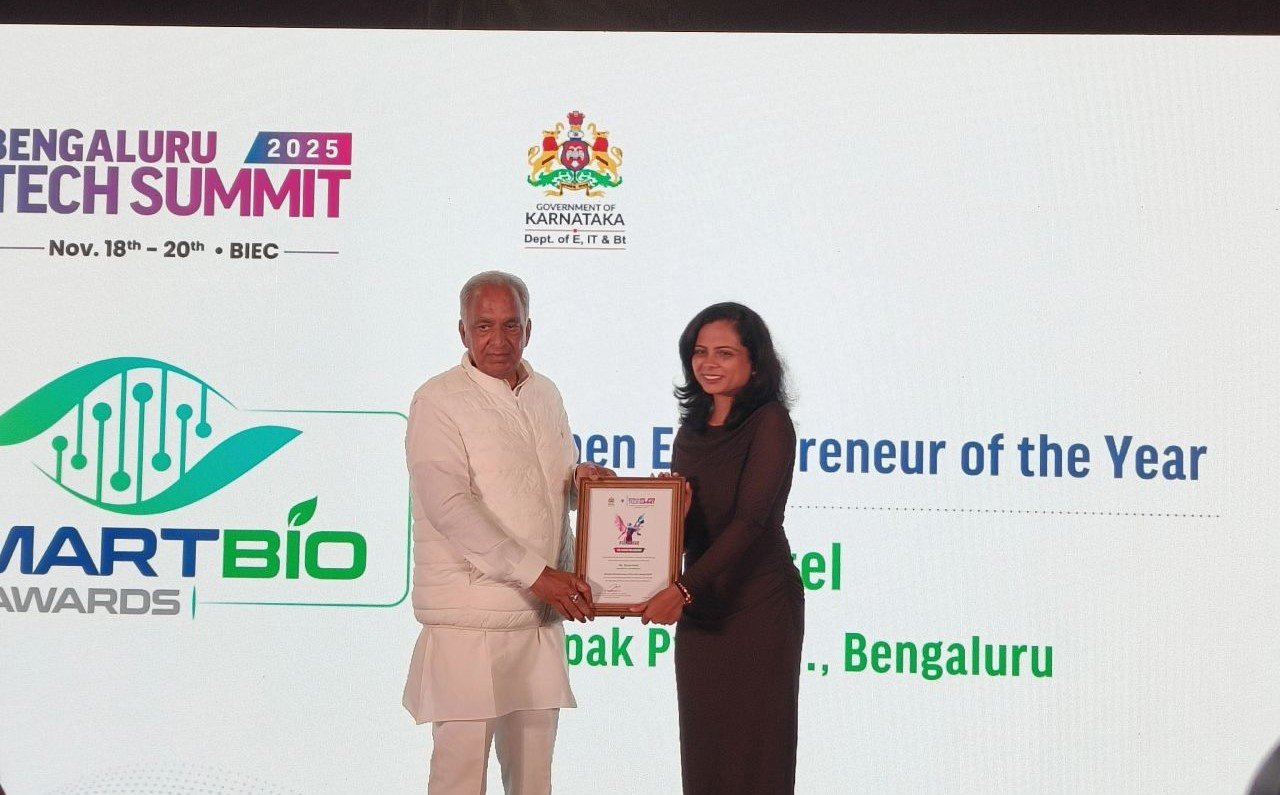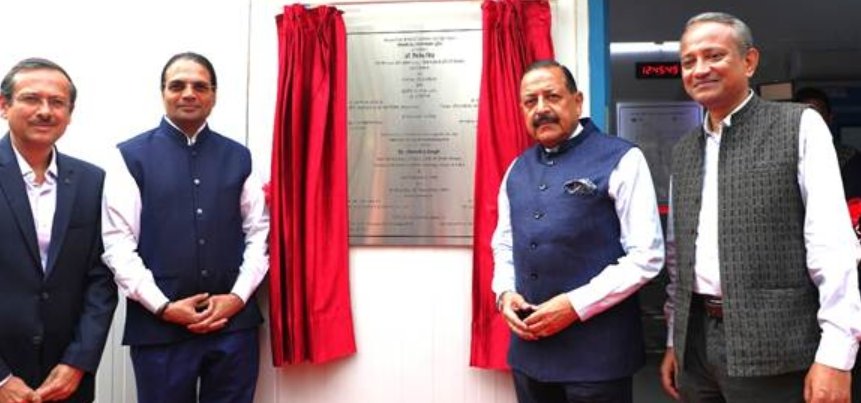Engineering Contamination Out: Product-Led Innovation for a Safer, Smarter Pharma Floor
August 19, 2025 | Tuesday | Features | By Rishad Dadachanji, Director, Kairish Innotech (A Dadachanji Group Company)
Across the pharmaceutical industry, I keep hearing one message from regulatory auditors: manual intervention must go. With new global guidelines such as EU-GMP Annex 1 placing heightened emphasis on contamination control, manufacturers—especially in sterile operations—are being pushed to challenge long-standing practices.
Across the pharmaceutical industry, I keep hearing one message from regulatory auditors: manual intervention must go. With new global guidelines such as EU-GMP Annex 1 placing heightened emphasis on contamination control, manufacturers—especially in sterile operations—are being pushed to challenge long-standing practices.
For me, eliminating contamination has never been just about meeting compliance checklists. It’s about designing cleaner, more resilient manufacturing ecosystems that can keep pace with today’s demands for agility, speed, and uncompromising quality. In sterile and injectable manufacturing, even the smallest manual touchpoint can carry unacceptable risk.
Over the years, I’ve moved away from a reactive quality-control approach to one centred on designing risk out of the process entirely. This mindset shift has been powered by targeted engineering innovations—solutions that are not only smarter and faster, but grounded in the realities of day-to-day production.
Closing the Loop on a Contamination Risk
One vulnerability I’ve seen repeatedly is the manual loading of aluminium seals and rubber stoppers into fill-finish lines. In many legacy setups, operators still cut open sterile bags and empty them into hoppers—introducing direct contamination risks and failing to meet modern aseptic handling expectations.
To solve this, my team at Kairish Innotech developed a fully customised automatic bag cutting and loading system. It removes the human element from one of the most frequent intervention points in injectable production.
Key capabilities include:
-
Fully enclosed, hands-free bag opening
-
Direct integration with isolators or RABS
-
Customisable hopper or chute interfaces
-
Built-in cleaning and monitoring mechanisms
Importantly, it enables manufacturers to upgrade existing lines without full-scale rebuilds. Several CDMOs and regulated-market suppliers have already adopted the system to align legacy infrastructure with 21st-century compliance.
When a Needle Changed Everything
Not all innovation starts in the R&D lab—sometimes it begins with a problem on the shop floor.
A client once approached us with a heat-sensitive injectable struggling at 70% yield. The cause: tiny droplets forming in the ampoule neck during filling, which carbonised during flame sealing, degrading the product.
Working closely with their formulation and production teams, we re-engineered the filling needle. Multiple trials led to a low-turbulence, anti-drip design that solved the issue entirely.
Results included:
-
Yield increasing from 70% to 95%
-
Batch rejections dropping to near zero
-
No changes required to ampoule specs or fill volumes
For patients depending on those critical doses, this quiet innovation made a life-changing difference.
A Two-Week Turnaround that Saved ₹250 Crore
Sometimes, the most critical factor isn’t design—it’s speed.
A large pharmaceutical company’s sterile facility came to a complete halt due to a faulty buffer tank. The OEM quoted a six-month lead time for a replacement—unacceptable for a plant producing time-sensitive medicines.
We took on the challenge. Within two weeks, we had:
-
Reverse-engineered the tank
-
Sourced GMP-grade stainless steel with full material traceability
-
Completed welding and qualification to ASME-BPE standards
-
Delivered a leak-tested, validated, fully documented replacement
This rapid intervention didn’t just save production—it protected the company’s reputation and ensured patients received their treatments on time.
Why This Matters
These experiences—whether removing contamination risk, rescuing yield, or accelerating recovery—reinforce a lesson I’ve learned repeatedly: the future of pharmaceutical manufacturing depends on responsive, intelligent, engineering-led problem solving.
With regulatory expectations tightening, global CDMO competition intensifying, and patient demands rising, pharma innovation must extend beyond molecules. Smarter systems, built around everyday production realities, are just as vital.
In my experience, it’s often the targeted, practical solutions—not the headline-grabbing breakthroughs—that transform the pharma floor into a safer, smarter, and more resilient space.










